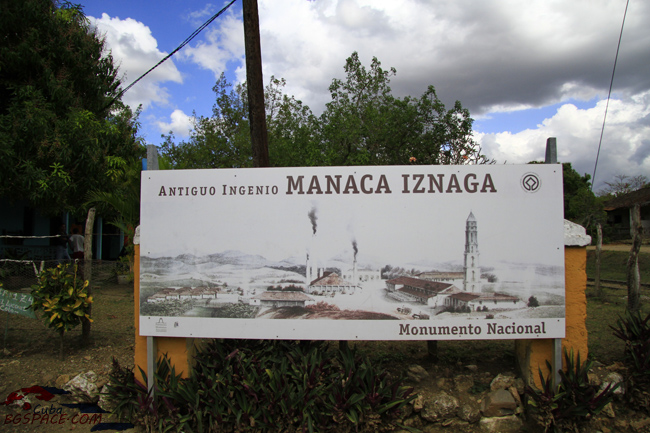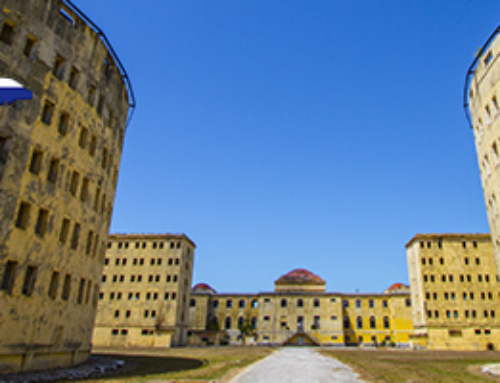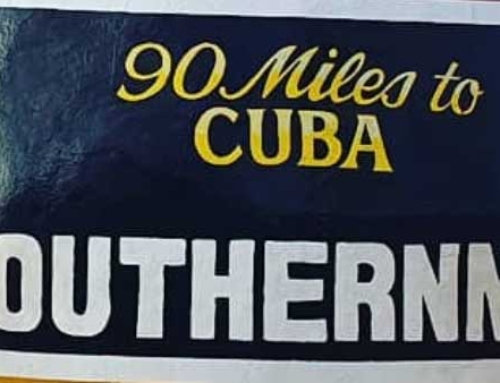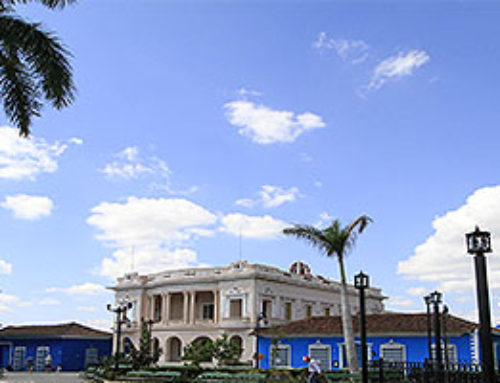The sugar Cane Valley, also known as Valle de Los Ingenios, is located in close proximity to Trinidad.
The Valley is one of the first places in the world to develop commercial production of sugar – the reason for the diabetes disease, unknown in the past. There you might see authentic factories from the 18 and 19 centuries, as well as slave villages.
During the Columbus expeditions, sugar cane from India /or from North America according to other sources/ is planted in Cuba and the neighbouring countries as an experiment. The Europeans could hardly suspect that the Island of Cuba would become the biggest producer of the white sweet pleasure in the 18 and 19 centuries. The climate here is quite suitable for cultivating sugar cane. There are a lot of rainfalls and sun.
A lot of people know the series The Slave Isaura. Since the local Indian population dies because of persecutions and diseases, brought by the Europeans, African slaves take over labour in the Valley.
A part of the estate of the Isnaga Family – the richest colonial family in Trinidad, was the 45-metre tower from where they used to watch for escaping slaves or other violations. The tower is a big architectural achievement for its time. The tower bell used to signal the beginning and the end of the working day, but it could also announce a fire or an escape. Usually, a slave who tried to escape was killed if caught…
Near the tower, you may find the Isnaga Residency. There you will see family portraits and pictures of the slave labour and the methods of extracting molasses and sugar from the sugar cane.
Colonial Spain built a railway for export to the Kasilda harbour near Trinidad from where the sugar was distributed to Europe and the world. In December 1988 the Valley along with the historical centre of Trinidad became part of the UNESCO World Heritage.










